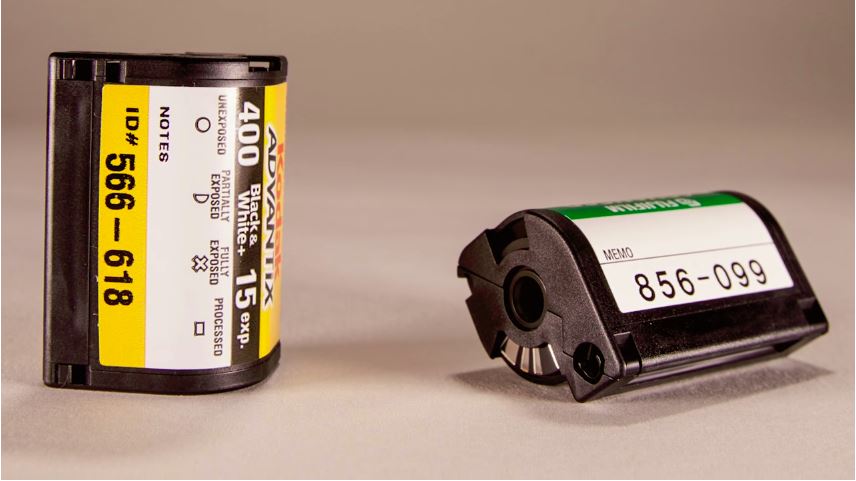Last Updated on 12/17/2017 by Chris Gampat
You all know that APS was a film format, right?
In the late 1990s, before the digital era took over the photography world, there was the Advanced Photo System (APS). It was heavily marketed as the newest and trendiest film format with cutting-edge technology. Depending on whether you’re a veteran in photography or fairly new to the craft, we bring you an in-depth video which could either send you on a trip down memory lane or satisfy your curiosity about this discontinued film format.
If you’ve ever wanted to know more about (or take a look back at) the short-lived Advanced Photo System, the video below by Azriel Knight for his This Old Camera series is a good resource to start with. It covers all the important details about this film format: how it worked, what made it different from 35mm film, the disadvantages that eventually led it to be discontinued, and a bonus APS camera SLR review.
The APS format was a joint venture between the biggest photography companies: Kodak, Canon, Fujifilm, Nikon, and Minolta. It was marketed under the brand names Advantix by Kodak, Nexia by Fujifilm, Futura by Agfa, and Centuria by Konica. This format was a rather ambitious project designed to be a complete system from start to finish — the film, the camera, the lab, and even personal archiving.
The main difference of APS film was it allowed information — including camera settings — to be recorded on the film apart from the image, thanks to a layer of magnetic coating. Apart from the promise of ease of use with fully automatic cameras, its main selling point was the availability of three print sizes or image formats: “High Definition” 4 x 7″, “Classic” 4 x 6″, and “Panoramic 4 x 11”. The latter two formats were actually created through cropping.
For all its marketed advantages and innovative technology, the APS didn’t come without its disadvantages. The most noticeable of this was the film size, which was significantly smaller (58%, to be precise) than 35mm film. It also required a new set of developing equipment for labs, which meant additional expenses. Even today, many labs can’t process the remaining APS films because of the specialized equipment. Ken Rockwell has written about these disadvantages and more in detail here.
Want to see more videos from Azriel Knight? Check out his This Old Camera series for starters, then explore the rest of his playlists!
Screenshot image from the APS Film video by Azriel Knight


